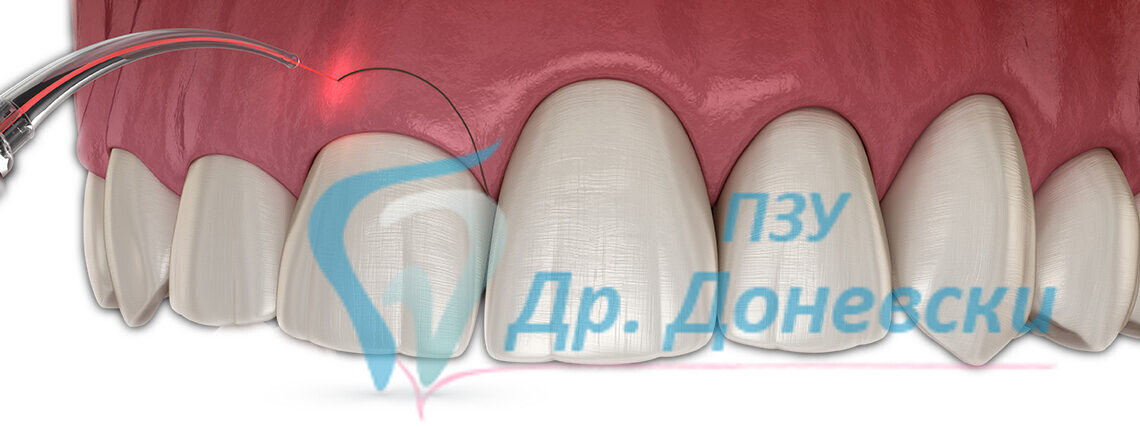Are you struggling with gum disease or unhappy with the appearance of your gums? If so, a gingivectomy might be the solution you’ve been looking for. In this blog post, we’ll explore what a gingivectomy is, why it’s performed, and the potential benefits it can offer.
What is a Gingivectomy? A gingivectomy is a surgical procedure that involves the removal of gum tissue (gingiva) to treat gum disease or improve the appearance of the gums. It is often performed by a doctor specialised in oral surgery.
Why is a Gingivectomy Performed? There are several reasons why a gingivectomy may be recommended, including:
1. Gum Disease Treatment: Gingivectomy is often used to treat advanced cases of gum disease, such as periodontitis. By removing diseased gum tissue, the procedure can help eliminate pockets where bacteria can thrive, promoting gum healing and reducing the risk of further infection.


2. Cosmetic Purposes: Some individuals may have an excessive amount of gum tissue, leading to a “gummy smile” or the appearance of short teeth. A gingivectomy can be performed to reshape the gums and create a more balanced and aesthetically pleasing smile.
3. Crown Lengthening: In preparation for a dental crown or bridge, a gingivectomy may be performed to expose more of the tooth’s structure, allowing for proper placement of the restoration.


The Gingivectomy Procedure: Before the procedure, the dentist will thoroughly examine the patient’s oral health and discuss the goals and expected outcomes of the gingivectomy. Local anesthesia is typically administered to ensure the patient’s comfort during the procedure. During the gingivectomy, the dentist uses a scalpel or laser to carefully remove the targeted gum tissue. Once the excess tissue is removed, the area is thoroughly cleaned, and the gums are reshaped to achieve the desired contour. The dentist may place sutures to facilitate proper healing.
Recovery and Aftercare: Following a gingivectomy, patients can expect some degree of discomfort and swelling. However, these symptoms are typically manageable with over-the-counter pain medication and proper oral care. The dentist will provide specific post-operative instructions, which may include guidelines for oral hygiene, dietary recommendations, and information about follow-up appointments.
Benefits of Gingivectomy
1. Improved Oral Health: By removing diseased gum tissue and eliminating pockets where bacteria can accumulate, a gingivectomy can contribute to the treatment and prevention of gum disease.
2. Enhanced Smile Aesthetics: For individuals who are self-conscious about their gummy smile, a gingivectomy can lead to a more balanced and attractive smile, boosting self-confidence and overall satisfaction with their appearance.
3. Preparation for Dental Restorations: When performed for crown lengthening purposes, a gingivectomy can facilitate the proper placement of dental crowns or bridges, contributing to the longevity and stability of the restorations.
In conclusion, a gingivectomy can be a valuable procedure for addressing gum disease, enhancing smile aesthetics, and preparing for dental restorations. If you’re considering a gingivectomy, be sure to consult with a qualified dental professional to determine if it’s the right option for you. Remember, maintaining good oral hygiene practices and attending regular dental check-ups are essential for long-term oral health and well-being.


